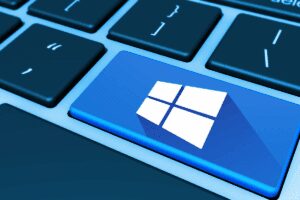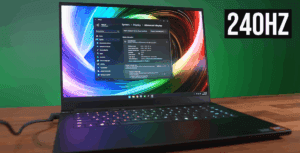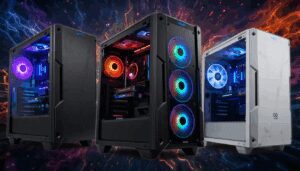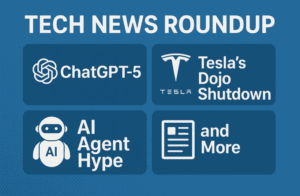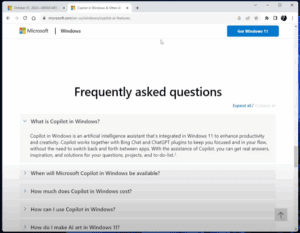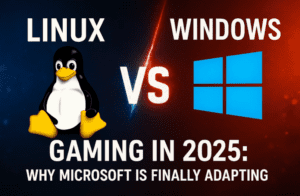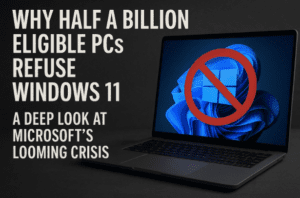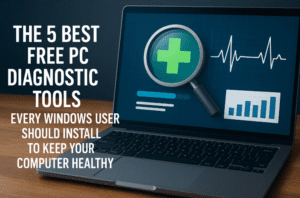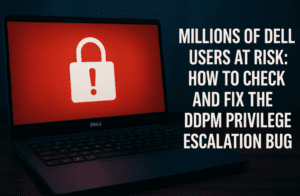The tech world is buzzing with excitement as news about Windows 12 has surfaced through various leaks and rumors. While Microsoft has yet to make an official announcement, the abundance of information suggests that Windows 12 is well on its way. Here’s everything you need to know about the upcoming operating system based on the latest leaks and speculations.
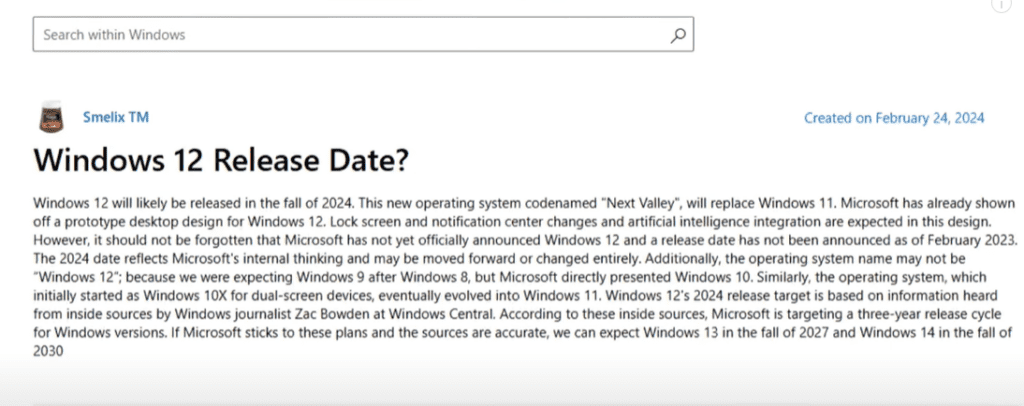
The Initial Rumors and Denials
Rumors about Windows 12 began circulating rapidly, with speculation reaching an all-time high. Interestingly, a Microsoft executive publicly denied the existence of Windows 12 on X (formerly known as Twitter), only to mysteriously delete the tweets shortly afterward. This move fueled even more curiosity and led to a surge in discussions across tech communities.
Subtle Hints from Microsoft
Further intrigue arose when Microsoft’s Yu Medi dropped subtle hints about future Windows iterations on The Verge website. Adding to the excitement, sharp-eyed viewers noticed screenshots discreetly displayed in Panos Panay’s calendar during a recent Microsoft event. These screenshots appeared to reference the next generation of the Windows operating system, adding more weight to the rumors.
Intel’s Accidental Confirmation
The most significant confirmation came unexpectedly from Intel. During an announcement of the company’s financial results, an Intel executive confidently stated, “We actually think that 2025 is going to be a pretty good year for client in particular because of the Windows refresh.” In Intel’s terminology, “client” refers to personal computers (PCs), and “Windows refresh” was a phrase used before the release of Windows 11. This statement strongly suggests that Windows 12 will likely launch in 2025.
What to Expect from Windows 12
While Windows 11 focused on refining and streamlining its design, it seems unlikely that Windows 12 will introduce another major visual overhaul. However, one notable user interface adjustment could be the repositioning of the taskbar to the top of the screen, resembling macOS.
Debunked Subscription Model Rumors
Earlier speculations suggested that Windows 12 might adopt a subscription-based model. However, reports from Windows Central have debunked these claims. Instead, Microsoft appears to be focusing on two key areas for Windows 12:
- Development of ARM-Based PCs
Microsoft aims to create stronger competition for Apple’s ecosystem by improving ARM-based PCs. This focus is evident through announcements at the Snapdragon X event, numerous job postings, and the expansion of Microsoft’s in-house silicon development team. With Windows 12, Microsoft intends to address performance and compatibility issues that have hindered ARM adoption, making it a viable alternative in the tech market. - Advanced AI Integration
Microsoft is set to introduce advanced AI features across the entire operating system and its built-in applications. These enhanced AI capabilities will rely heavily on neural processing units (NPUs) to deliver optimal performance. Major chip manufacturers like Intel, AMD, and Qualcomm are expected to include NPUs in their next-generation processors. Hopefully, NPUs won’t become a mandatory requirement for users looking to upgrade their systems.
Final Thoughts
From leaked screenshots and cryptic executive statements to Intel’s accidental confirmation, the excitement surrounding Windows 12 is undeniable. With a potential launch in 2025, Windows 12 promises advancements in ARM-based computing, powerful AI integration, and subtle design changes that could reshape how we use PCs.
Stay tuned for more updates as new information emerges. What features are you most excited about in Windows 12? Let us know in the comments below!
Tags: Windows 12, Microsoft, Windows 12 leaks, Windows 12 release date, Windows 12 features, Windows OS, ARM-based PCs, AI integration, Intel, Microsoft updates
Hashtags: #Windows12 #Microsoft #TechNews #WindowsUpdate #AIIntegration #ARMComputing
